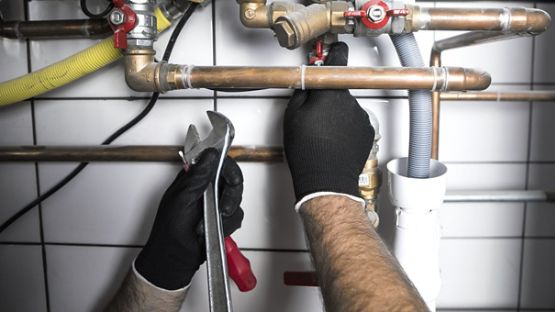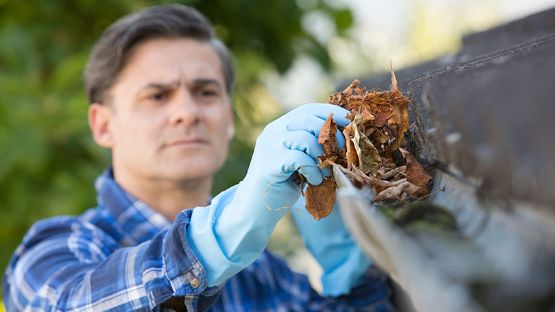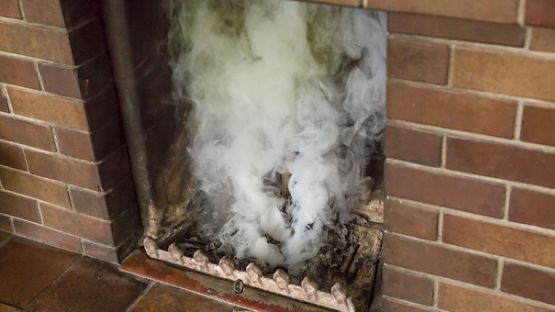It’s time we step up our energy-efficiency game. According to 2019 data, per capita household GHG emissions were 3.8 tonnes per person. When you compare that to the United Kingdom, France and Germany which “reported per capita household emissions ranging from 1.7 tonnes to 2.2 tonnes for 2019”, it’s evident that we have some room for improvement.
An eye-opening look at home energy usage
Based on research from Natural Resources Canada, from 1990 to 2017, the average number of appliances per household leapt from 15 to 22. However, because of greater energy efficiency standards, appliances only account for 13.6% of the average home’s energy use, whereas 81% of energy use is dedicated to space and water heating…with 62% coming from space heating alone. As noted by MIT News, almost a third of that energy is wasted in windows. “According to the U.S. Department of Energy, heat that either escapes or enters windows accounts for roughly 30 percent of the energy used to heat and cool buildings”. Things are more dramatic with poor insulation, as research in the UK has found that “poor wall insulation accounts for between 35-40% of heat loss in homes”.
The Canada Greener Homes Initiative: Your key to energy efficiency
To help homeowners save money and fight climate change, the Canada Greener Homes Initiative from the Federal Government provides support to Canadian homeowners who wish to make their homes more energy efficient.
Canada Greener Homes Grant process: A step-by-step guide
- Application: Ensure eligibility by selecting an approved energy assessment service organization, then applying through the Canada Greener Homes Grant.
- Pre-retrofit EnerGuide home evaluation: An energy advisor assesses the home to measure its energy efficiency.
- Interest-free loan (optional): Based on recommended and eligible retrofits, it’s possible to apply for an interest-free loan.
- Retrofit your home: Review recommendations and choose the retrofits that meet your needs and budget.
- Post-retrofit EnerGuide evaluation: After completion of the retrofits, book a post-retrofit evaluation by an approved energy assessment service.
- Request and receive your grant: The grant amount is documented and submitted, then a cheque is delivered by mail within 30 business days.
What to expect during an assessment
When you schedule an evaluation of your home’s energy efficiency, an energy advisor will inspect:
- the level of the home’s airtightness, using a blower door test
- the insulation levels of walls, ceilings and basement
- the number, type and location of all windows and exterior doors
- the size and efficiency ratings of space heating, space cooling (air conditioning) and water heating equipment
- information about any ventilation equipment
- any other information relevant to the home’s energy performance
Common retrofits to boost a home's energy efficiency
Some common retrofits made to a home to increase energy efficiency include:
- Adding attic or basement insulation to reduce heat loss and improve temperature regulation
- Sealing windows to prevent drafts and improve insulation
- Installing a heat pump to provide efficient heating and cooling
Empowering yourself with power saving ideas
By taking advantage of the Canada Greener Homes Initiative and making energy-efficient retrofits to your home, you can save money, reduce your carbon footprint, and help fight climate change. We all have the power to make a difference, so let's get started!













